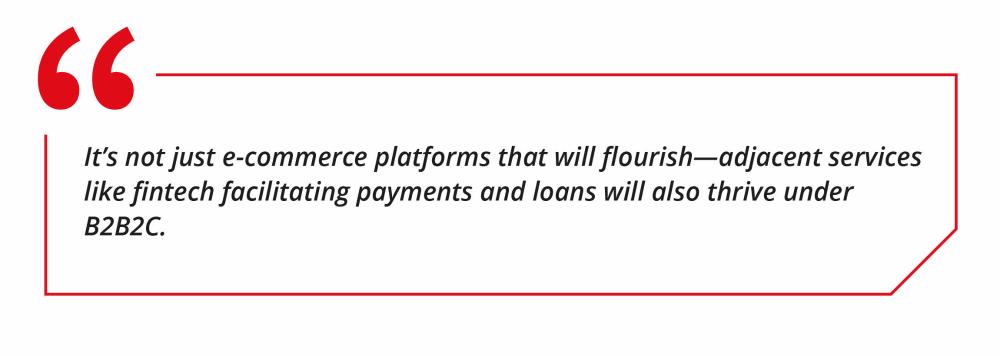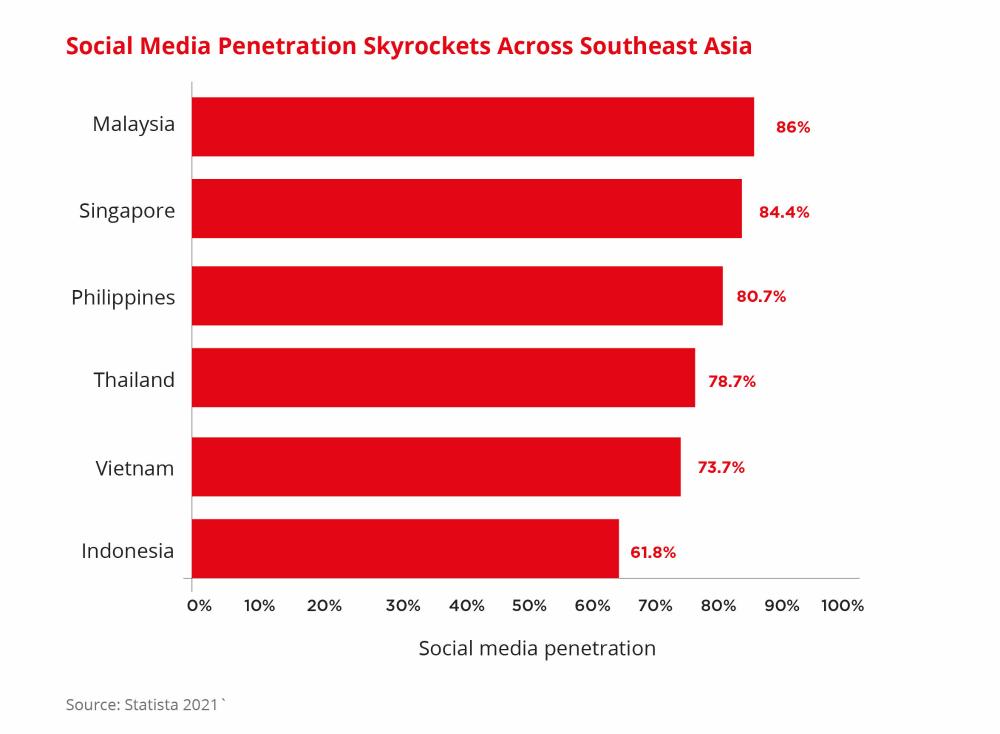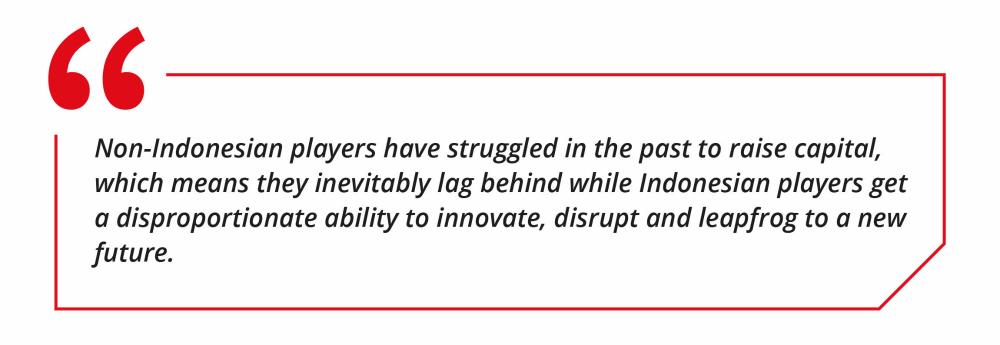The Future of E-commerce in Southeast Asia: 6 Trends to Watch
While the e-commerce industry in Southeast Asia has ballooned over the past 12 months, most of that growth has been targeted at urban consumers. The next growth opportunity lies in serving the emerging consumer populations residing in second- to third-tiered cities. Here are six observations of Southeast Asia’s e-commerce scene that business leaders should capitalise on today.

| Host: Facilitator: Experts: |
Whenever the topic of Southeast Asian e-commerce is tabled, Indonesia and Vietnam will be the noteworthy subjects simply because of the sheer size of the two markets and the momentous episodes shaping up the regional scene. Indonesia makes up half of Southeast Asia’s population and the teeming Vietnam has 100 million people. The two nations also have their own uniqueness – Indonesia boasts a vibrant VC scene while Vietnam is the China Plus One manufacturing alternative – that wrap around the success of e-commerce.
Up till now, e-commerce juggernauts in Indonesia have built their success upon the B2C model targeting consumers in highly populated urban localities that are served by well-established infrastructure. But there remains a massive addressable market of 170 million consumers living in the second- and third-tier cities waiting to be tapped.
1. The next big battleground is B2B2C
The next battleground will see B2B2C collaborations hooking up the bigger regional suppliers with the small- to medium-sized local businesses (known as warungs in Indonesia) to reach people in the outlying communities. Warung Pintar is one example of an enterprise that integrates supply and demand services for micro-businesses to provide a better customer experience and operate efficiently.
The result of B2B2C is a win-win-win. Consumers gain access to a wider range of products at more competitive prices, and businesses get to sell to consumers they otherwise would not be able to reach.

2. Logistics challenges need to be addressed
With 17,000 islands scattered across Indonesia, coupled with a chronic under-investment in its infrastructure, accessibility continues to pose challenges to the last mile – fulfilling delivery in remote areas. With end-to-end logistics becoming more important than ever, the adoption of platform business model could be an innovative solution to tackle these challenges.
An example is Waresix, an Indonesian e-logistics platform offering on-demand freight-forwarding, warehouse and trucking solutions to help customers navigate the country’s complex logistics ecosystem.
3. The verdict on social commerce is out
The explosion of platforms like Pinduoduo, China’s largest agriculture platform connecting farmers and distributors with consumers through interactive shopping experience, aptly demonstrates that social commerce is the next big e-commerce thing given the skyrocketing social media penetration across Southeast Asia.

But is there guaranteed success in the region? It’s still too early to tell. Indian social commerce platform Meesho recently retreated from Indonesia while Ecomobi said it is doing well in Vietnam, chalking up over USD 150 million Gross Merchandise Value (GMV) from the region.
Taking a broader view by looking at adoption indicates that e-commerce end-users have doubled over four years. Since 2016, the number of active social media users in Indonesia has increased from 79 million to 160 million. A similar trend is replicating throughout Southeast Asia. This points to a conjecture that some substantially large or potential players that are powered by social media could be flying under the radar.
4. Southeast Asia’s complexities give rise to e-commerce enablers
Southeast Asia is diverse and filled with complexities. This has led to the rise of a new breed of e-commerce enablers such as SCI Ecommerce, Synagie, Great Deals, and aCommerce, which provide services like digital marketing, online store development, customer care and much more to help brands win over consumers.
5. Confidence in Vietnam needs to be rebuilt
Unfortunately, despite having huge potential, the e-commerce sector in Vietnam has been shaken when some mega deals were blown in the recent months. The highly anticipated merger between two of the country’s top players, Tiki and Sendo, fell through in July last year, and this June CEO of B2B e-commerce platform Telio was found guilty of defrauding investors.
These incidents have dented investors’ confidence and put a spanner in the works of start-ups that are looking to bridge the Series B/C gap and scale.
6. Follow the money
A clear reason why Indonesian e-commerce players are much more developed than their regional counterparts is the abundance of funding.

The market is also keeping its eye on Bukalapak’s IPO, aCommerce and Pomelo’s potential listing on the Thai stock exchange, and Sea Ltd’s massive USD 1 billion VC fund. However, a vibrant VC industry and the nature of e-commerce will likely see most countries ending up with duopolies much like Grab and Gojek. Many big and smaller players seeking M&A opportunities will mean consolidations are underway.
For more insights, tune in to the full, in-depth discussion on our podcast which also covers some of the biggest challenges that e-commerce players will need to overcome including scalability in the face of increased barriers to entry and thinner margins.



